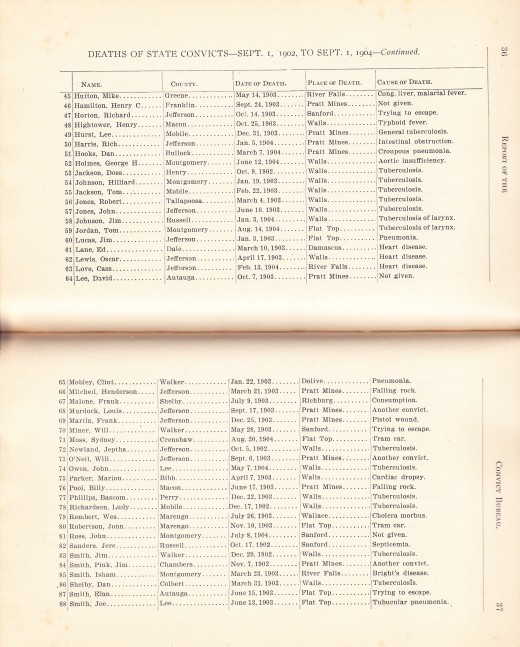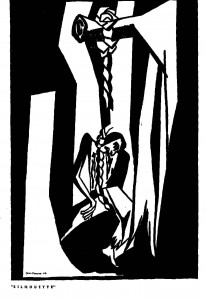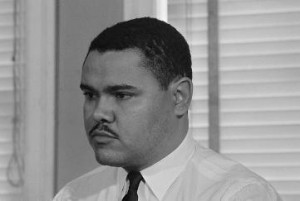Menaces to Society: Impotent Rage, Chief Keef, & Black Boys
Someone got really angry at me last week. She asked me to “defend” Chief Keef and I said no. I declined to engage with her not because Chief Keef isn’t “worth” defending but rather because he is a proxy & therefore irrelevant. What this woman really wanted me to do was to condemn Keef. I won’t do it. [Full disclosure: I’ve been asked to appear in the media to talk about Keef & have declined too.]
Many people cringe when they watch Chief Keef’s video for his song “I Don’t Like.” Some people find their fears of young black men confirmed by the images that they see. Others rage against him for embodying the worst stereotypes attributed to black boys. Are we to believe, however, that the negative ideas that people have about young black men originate with Keef and his videos? Come on. Those stereotypes and ideas predate Keef by several generations. The cultural work of racism that set the stage for dehumanizing black people has its roots in the 19th century. Keef really didn’t make this world; he’s inherited it and we are all culpable for this.
If you are taking to the media or the pulpit to skewer Keef, you are wasting your time. It is easy to rant and much more difficult to propose constructive solutions for the social problems that give birth to the destructive realities that Keef raps about and that he lives.
Kevin Coval gets at this in the preface of his new chapbook More Shit Chief Keef Don’t Like:
Every institution in Chicago fails Black youth. Segregated and systematically inequitable, Chicago is a town where white kids exist in an increasingly idyllic new urban utopia, and Black and Latino kids weave and dodge through a war zone. The largest specter in the spectacle and circus that surrounds the city, Chief Keef has become its poster boy and scapegoat. He is a young man who looks and sounds like thousands of young people in Chicago—reared in a culture of nihilism, death, and capitalism. He is a young man who sings the demented measures and results of white supremacy, the legacy and maintenance of grand inequity. Chief Keef sings a tortured and tormented Chicago song. It is a song we need to listen to carefully.
Like some other young black men in Chicago his age, Keef has already been in trouble with the law. He’s been arrested and spent time in jail. He is also unapologetic about these things. Keef is a symptom and product of Chicago’s devastated and blighted inner city communities. This past July, Daniel Shea wrote a profile titled “Chief Keef: Lost Boys,” it’s worth reading.
Keef is just 17 years old and he is basically a commodity at this point. He performs and probably makes much more money for corporations than he does for himself. I don’t know the young man personally but I would bet that he is no different than the other 17 year old black boys that I meet and interact with daily. He is no doubt holding a lot of anger, he is probably funny & mercurial, he might be sullen & sweet, he does a lot of weed and it’s clear that he is brilliant. In other words, Keef is as Kevin points out like “thousands of young people in Chicago.”
And the truth is that thousands of young people in Chicago are being failed on a minute by minute basis. So I won’t waste my time moralizing against Keef. I will instead continue to condemn and to hold accountable the systems and institutions that are supposed to ensure the health and well-being of the thousands of youth like him.




